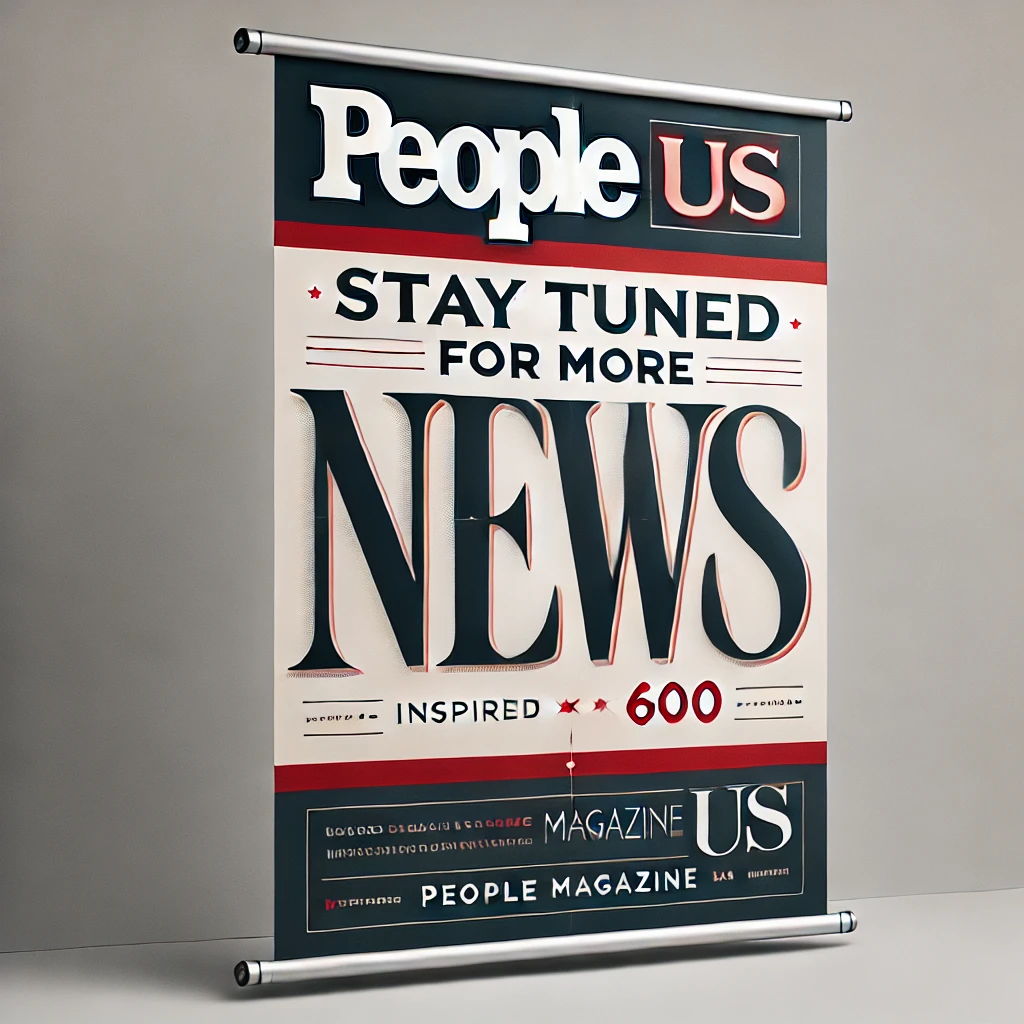Dyeing your clothes might sound messy, complicated, or even scary. But the truth is—it’s actually really simple and affordable! I even dyed my own wedding dress so I could wear it again. If I can do that, you can definitely dye your everyday clothes at home. It’s a fun way to refresh old clothes, give them a new look, or make them fit your personal style better.

Instead of throwing out clothes you don’t wear anymore, you can dye them and turn them into something you’ll actually enjoy wearing. For example, I had a shirt, a pair of jeans, and a sweater that I hardly touched. The white shirt and jeans had a yellowish tint that made them look dirty, and the sweater had faded over time. I decided to dye them black (my favorite color), and just like that, they felt like three new pieces of clothing—all from one $4 bottle of dye!

My Best Advice for Dyeing Clothes
The most important tip is to keep an open mind. Getting the exact shade you want is tricky because many things affect the result: the type of fabric, the original color, how much dye you use, and how long you let it soak. So, instead of aiming for a perfect shade, think of it as shifting the color—darker, brighter, pinker, greener, etc. For example, when I dyed my shirt and jeans black, they didn’t turn out pure black. Instead, one looked dark gray and the other deep charcoal. But the good news is they looked way better than before, and that’s what matters!

Personally, I feel that’s what makes this DIY project exciting. You never know exactly how the final result will look! For these clothes (and even for my wedding dress), any outcome was better than the old versions that I wasn’t really wearing.
Supplies You’ll Need
Before you start dyeing clothes, make sure you have all the supplies ready. We like using the “bucket method,” but you can also do it in a sink or bathtub. For bigger things like curtains or bedding, your washing machine works too.

- 1 bottle of Rit All-Purpose Liquid Dye
- A 5-gallon bucket (having 2 is even better)
- Boiling water
- 1 cup of salt (for cotton, rayon, ramie, or linen fabrics)
- 1 cup of white vinegar (for nylon, silk, or wool fabrics)
- 1 teaspoon of mild dish soap
- A large stick or spoon for stirring
- Rubber gloves
- A hose or shower sprayer for rinsing
- Washing machine

We decided to work outside so we didn’t have to worry about spills. If you do this indoors, cover your work area with a plastic sheet, old towels, or a drop cloth. The dye usually doesn’t leave stains if cleaned right away, but it’s safer to protect the surface.
What Fabrics Can Be Dyed?
Rit All-Purpose Dye works best on natural fabrics like cotton, wool, linen, ramie, and silk. It also works for some synthetics like nylon and rayon.
⚠️ If your fabric is more than 35% polyester, acrylic, or acetate, you’ll need Rit’s Synthetic Dye, which must be done on the stovetop (not with the bucket method). Always check the clothing label before you begin.
Step-By-Step Guide
The entire process took about an hour (not counting the washing machine time). So, gather your supplies, protect your workspace, and let’s begin. Here’s a quick look at the steps:
1. Pre-Wash Your Clothes
Before dyeing, your clothes should be completely clean and free of stains. Wash them in the washing machine first and treat any spots if needed. Do not use fabric softener because it can stop the fabric from absorbing the dye properly.

The clothes also need to stay wet, so don’t put them in the dryer. If they’re already dry, soak them in water before starting. This is where having a second bucket was very useful for us.
2. Prepare the Dye Bath
Mix the dye solution in a container that’s big enough for your clothes to move around freely. You can use a sink, bathtub, bucket, or even a large bowl. We chose to work outside, but sometimes we just place the bucket in the sink or tub.

Steps to make the dye bath:
Start with hot water
Rit recommends using 3 gallons of water for every 1 pound of fabric. The water should be very hot—at least 140°F. We used hot tap water plus two pots of boiling water. We checked with a kitchen thermometer, but being exact isn’t necessary. Just make sure there’s still space left for your clothes, so don’t fill the container to the top.
Add salt or vinegar

Use a measuring cup and add 1 cup of salt if your fabric is cotton, rayon, ramie, or linen. For nylon, silk, or wool, add 1 cup of vinegar instead. These ingredients help the dye stick better to the fabric.
Add dish soap
Stir in 1 teaspoon of mild dish soap. This helps the color spread evenly on the fabric.
Add liquid dye
Pour the Rit liquid dye into the water. The guideline is ½ a bottle per 1 pound of fabric, but you can add more if you want a deeper or bolder shade. We used a full bottle. Mix everything well.

Quick Tip: You can test the color by dipping a paper towel in the solution. It won’t be exact, but it gives you a rough idea. If the color looks too light, add more dye. If it’s too dark, add more water. This is extra helpful when mixing different dye colors for a custom shade.
3. Add Clothing
Gently wring out your clothes so they are damp but not dripping wet. Place them into the dye bath and use your spoon or stick to push them down, making sure every part of the fabric is fully under the water. We dyed all three pieces of clothing together in the same dye bath.

4. Stir, Stir, Stir
Keep stirring the clothes slowly and continuously to make sure the color spreads evenly. At the very least, stir for the first 10 minutes without stopping. You can keep stirring for up to an hour, depending on the fabric. Some materials, like nylon, need less time, while others, like polyester, may need more. For our batch, we stirred for 30 minutes, moving the clothes gently the whole time.

In our case, John handled the stirring while I took photos and helped out with small things. Having an extra pair of hands is helpful, but it’s definitely possible to do this alone—I’ve done it by myself before. To make the waiting time less boring, John watched Survivor on his phone while I went to pick up one of our kids. The point is, this part isn’t too hard—it’s actually fun and relaxing. You can also check the fabric during this time to see the progress, but remember: wet clothes always look darker than they will after drying.
5. Rinse Thoroughly
Before you take the clothes out of the dye bath, get your rinsing area ready. We first used a spare bucket outside to remove most of the extra dye, then moved inside to the bathtub for a more detailed rinse. Before rinsing, we wrung out each piece of clothing over the tub.

Next, we sprayed the clothes with our garden hose to wash away the extra dye. It was interesting to see how each fabric reacted differently to the same dye solution!

The goal is to keep rinsing until the water runs completely clear from the fabric. This step takes some time—we spent about 15 minutes using a shower sprayer indoors. Make sure to use cool water while rinsing.

It’s not required to rinse in two different places. We just used the bathtub because the white surface made it easier to see when the water was clear.
6. Wash Again
Once rinsing is done, put your dyed clothes in the washing machine. Use warm water and a mild detergent. Add an old towel along with the clothes to act as a “color catcher.” This helps soak up any extra dye and prevents it from transferring.
Dry the clothes in your dryer as usual. For extra safety, we usually wash everything twice. If your washer has an “extra rinse” option, it’s a good idea to use it. This makes sure that no extra dye leaks out during future washes.
The Final Result
As I mentioned earlier, one of the best parts of dyeing clothes is seeing how they finally turn out. My three pieces ended up in different shades—from light gray to deep charcoal. None of them became a true solid black, but that’s okay. The important thing is that they now look much better and are clothes I’ll actually wear again.



